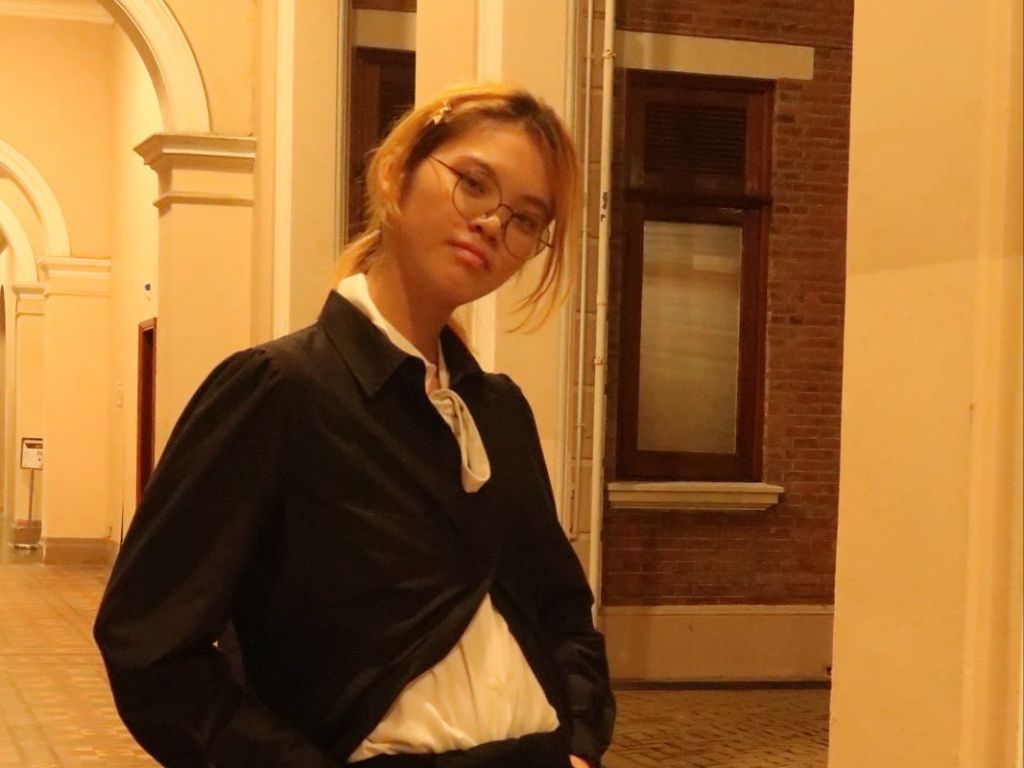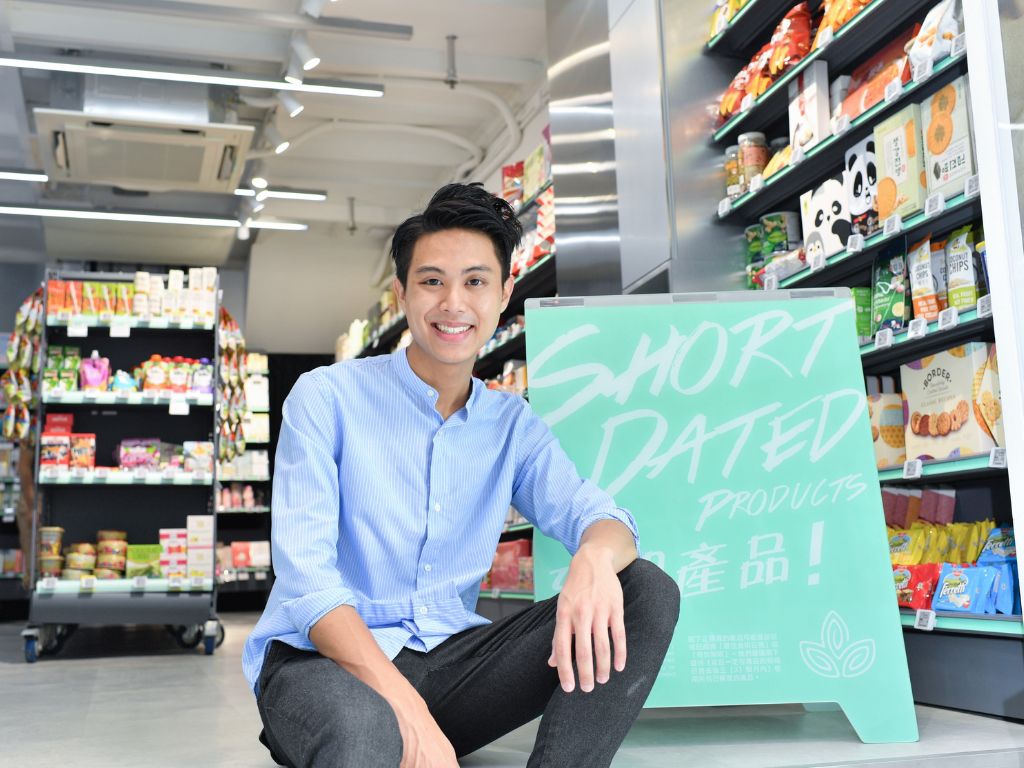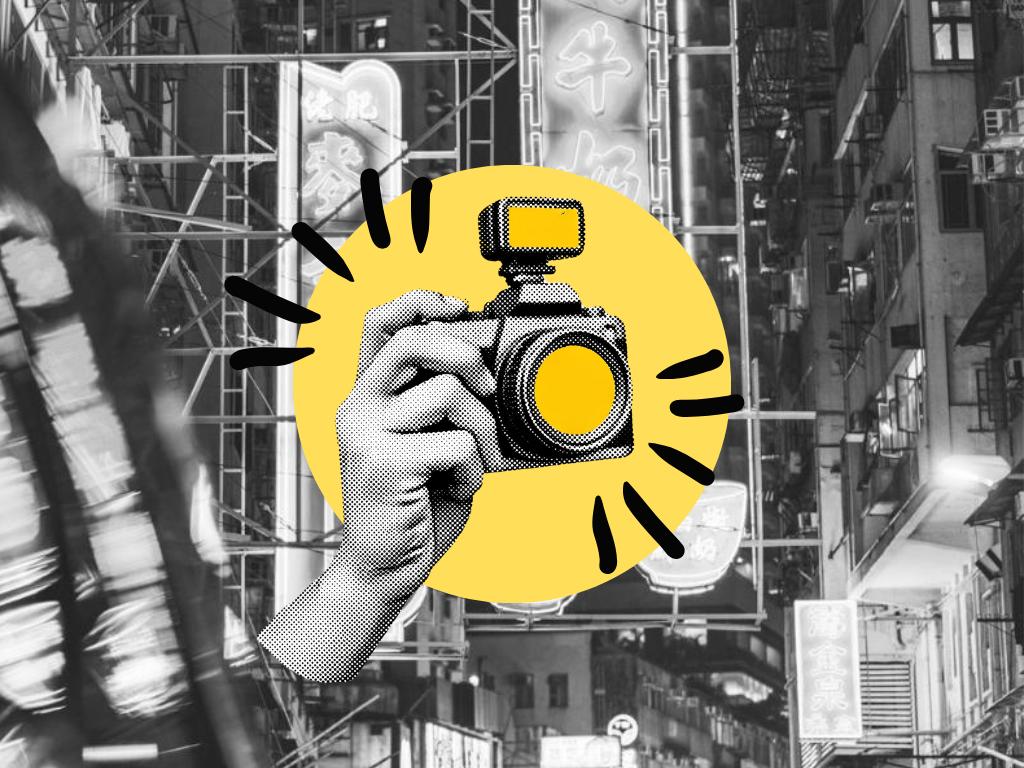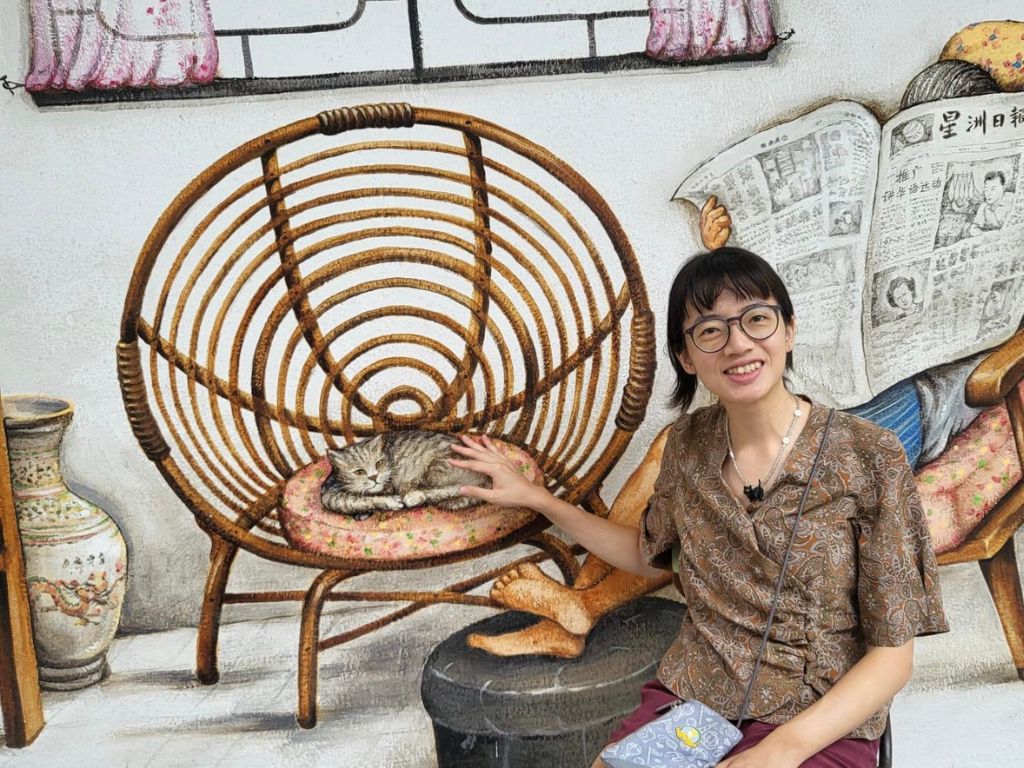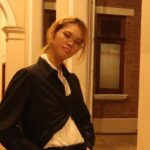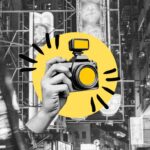Share
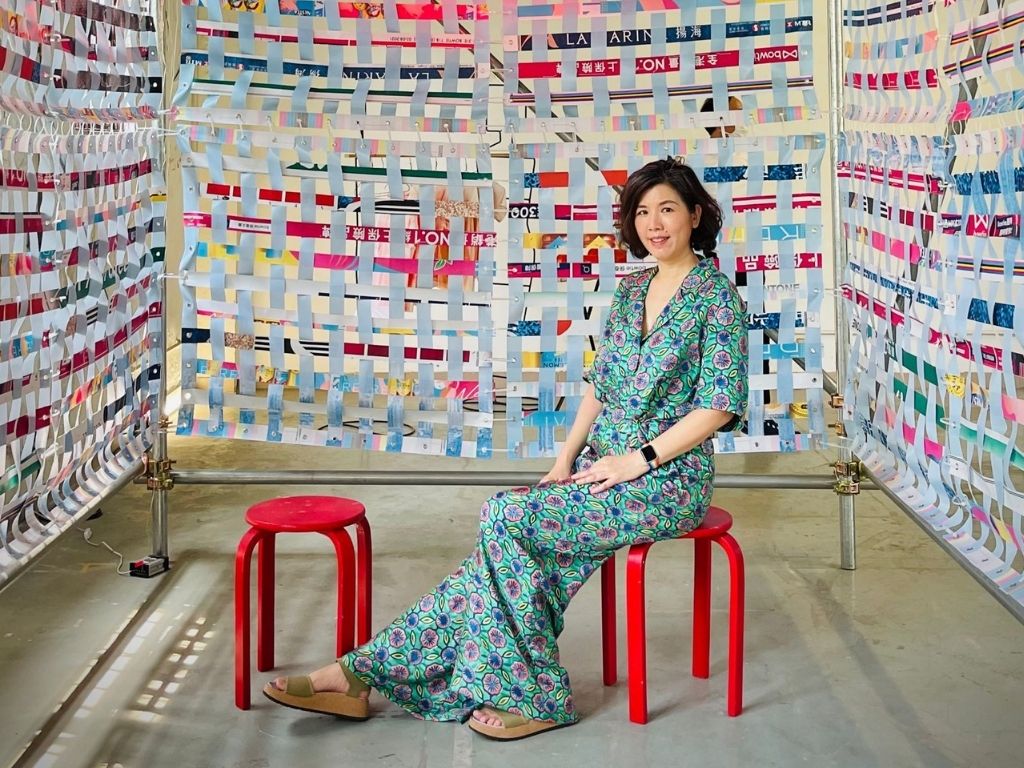
“I’ve had lots and lots of transitions in my life.”
Carol Man
“I have had lots and lots of transitions in my life”, says artist Carol Man, laughing. We are zooming long distance and it’s nighttime in New York where she’s been living since last year, while I’m in Hong Kong, where Man was born and spent all her life until her US move.
We’re talking about the upcoming Being Neighbourly Transitions exhibition in which she will be taking part.
I’m running through the theme and the three sub-themes and she’s telling me about her work and what might fit.
For example, there are two acrylic paintings, the so-named ‘Nathan’ and ‘Kadoorie’ (after the British governor and the wealthy family), which have never been shown before (I’ve had a sneak peek — perks of the job!)) and then there’s past work, which she has shown, including the ‘sukkah’ tent, which was exhibited a few years ago at the Cattle Depot Artist Village in To Kwa Wan. (A sukkah is a tent-like structure in which Jews are supposed to dwell during the Sukkot festival).
Man began as an artist relatively late in life though she knew she loved art from childhood. Years after doing a communications bachelor, she began studying for her Masters in Visual Art at Hong Kong Baptist University. She graduated in 2015.
“My work is really about identity and the deceptiveness of what you see.”
Carol Man
“My work is really about identity and the deceptiveness of what you see.” It’s really not true that what you see is what you get, we agree. In point of fact, Man was born in Hong Kong and spent all her adult life here, but then she met the man who would become her husband and went from being a typical Hong Konger to someone with a foreign partner, then spouse (and later, ex-husband), for whom she took on a dual identity after her religious conversion to Judaism.
“My husband said that to marry, I would need to convert because the children’s religion comes from the mother’s side, and so, because I wanted to marry, I started the long process of conversion to Judaism”.
Though her marriage ended in 2013, her faith has prevailed and she tries to observe Shabbat, with its long list of don’ts from Friday evening until an hour after sundown on Saturday. “There are 39 categories of work you cannot do during Shabbat.”
She continues, “I have dual cultures — the Chinese culture and the Jewish culture as well, and both are important to me.” Her work is about their interplay and her balancing of both worlds. But though Hong Kong is a safe place for Jews, she says it’s not easy to do Jewish art in Hong Kong because there’s only a very small community. “Jewish culture is very hard to understand. It’s not a missionary religion.”
In the States, her work has received a warm reception and it is the interplay of cultures, for which her work is feted. She is best known for her Hebrew script, which she has disguised to the point that even Hebrew readers mistake it for Chinese.
She explains, “Hebrew is a linear language like English but I’ve taken each letter and put it in a square box so that it’s uniformly sized and it looks like Chinese.” She continues, “The skill of working with a Chinese brush is a skill I’ve never forgotten since my days at primary school.”.
Carol is working on a new series, each of 100 square paintings a homage to her second culture.
Being Neighbourly welcomes Carol Man’s participation in our inaugural art exhibition, Transitions.
Man shares 3 things that have influenced her creatively

Chinese flower plaques in Yuen Long
Plaques are created to commemorate traditional Chinese festivals, weddings, and inauguration ceremonies. They typically feature decorative designs that symbolize luck, joy and prosperity. The materials used include bamboo, wires, paper, fabric and plastic. A vibrant red is commonly used, as well as other bright hues. The Chinese characters on the plaques are traditionally arranged vertically or horizontally (to be read from right to left), often in the style of regular calligraphy script.
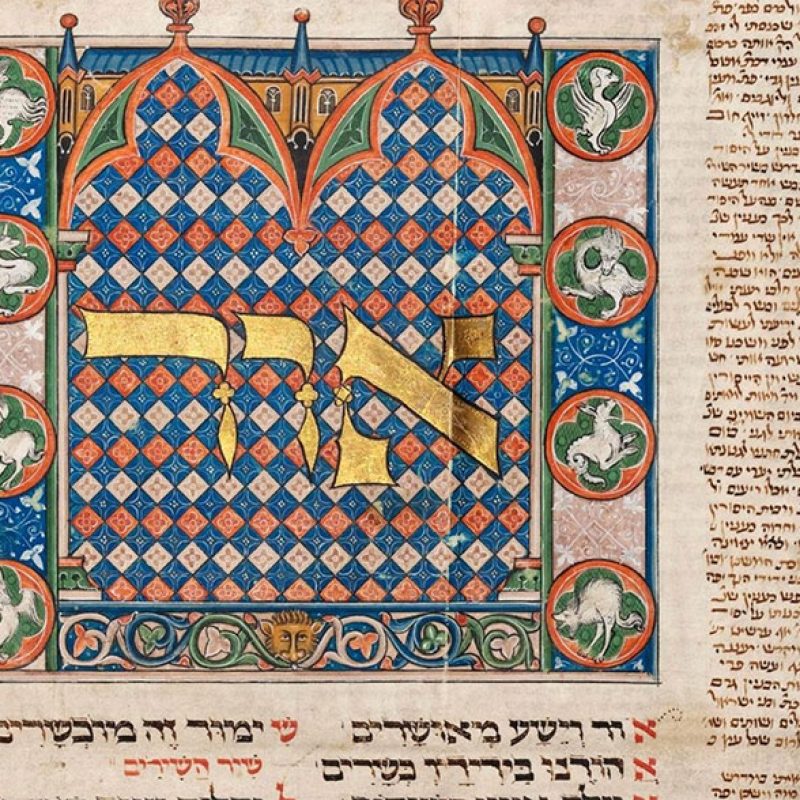
Illuminated Hebrew prayer book, Nuremberg Mahzor
This massive manuscript, dating from 1331, contains the Jewish yearly cycle of prayers,
poems and commentaries. It is finely hand-written and embellished with 22 lavish panels in gold and silver leaf and precious pigment. Surviving the expulsions and wanderings of German Jewry, it is now restored and on display in the Israel Museum in Jerusalem.
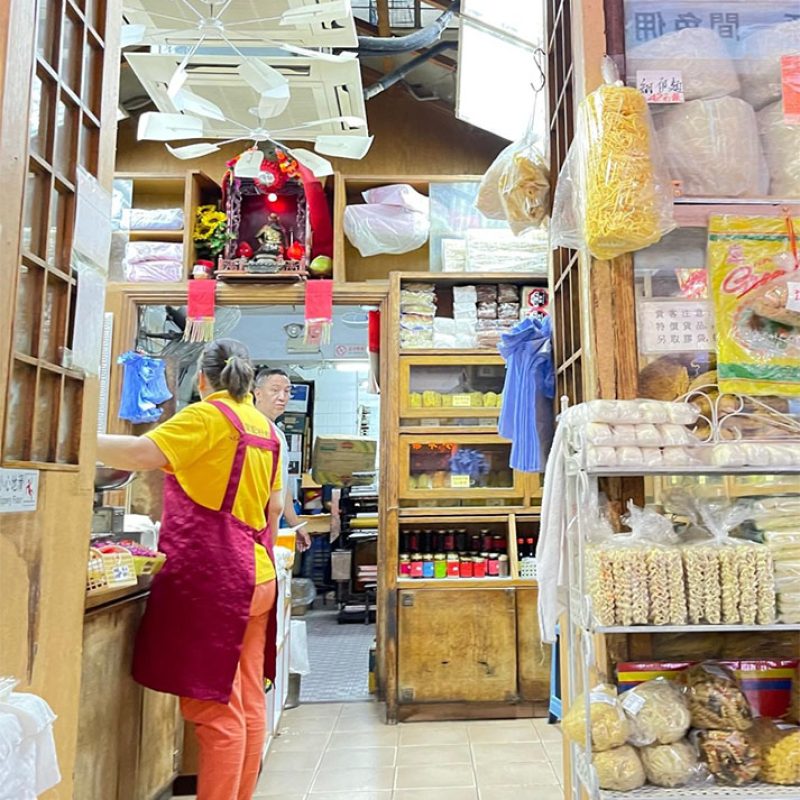
Traditional noodle shops
Cantonese culture is deeply intertwined with a love for noodles. Sitcoms airing on local TV channels frequently depict families offering to cook noodles for loved ones. At traditional noodle shops, a variety of noodles are available that are not pre-packaged. Instead, the noodles are often packaged by the shop owner based on their understanding of their customers’ preferences. Noodles are a staple and cherished part of everyday life.
Share
About the Author
Being Neighbourly
For over 20 years, the people behind BN have been creating content on the best things in life: food, travel and inspirational people.
Coming Soon:
Available soon in our Shop!
Snippets
Stay Up To Date
Want the latest insights and fresh content delivered straight to your inbox? Subscribe to our newsletter and stay updated with our exclusive content!
